Cade Oil: Properties, Benefits, and Differences Between Raw and Rectified Cade

Cade Oil: A Mediterranean Natural Treasure
Cade oil, extracted from the wood of the prickly juniper (Juniperus oxycedrus), is a product rich in chemical compounds known for their therapeutic and cosmetic properties. Used for centuries for its medicinal benefits, it remains a valuable ingredient in skin and hair care, as well as in perfumery.
The Benefits of Cade Oil
Cade oil contains several active molecules that give it its unique properties. The main ones include:
- Guaiacol: A phenol that acts as an antiseptic and anti-inflammatory, often used in treating skin conditions like eczema and psoriasis (1).
- Pinene: A terpene found in large quantities, with antiseptic, antibacterial, and anti-inflammatory properties (2). It also contributes to the oil's expectorant effect.
- Cadinene: A sesquiterpene that adds antifungal and antiparasitic properties to the oil, making it useful against skin infections and scalp parasites (3).
- Cresol: Another potent phenol with antiseptic and pesticidal properties, often used to treat stubborn infections (4).
These molecules work synergistically to provide a natural solution for skin and scalp problems, although their potency means that careful use is necessary, especially in its raw form.
The Difference Between "True" Cade Oil and Rectified Cade Oil
Raw cade oil is a powerful concentration of these compounds, making it extremely effective but also potentially irritating. To address this issue, rectified cade oil undergoes an additional distillation process. This process reduces the concentration of irritating phenols, particularly guaiacol and cresol, making the oil more suitable for regular cosmetic use without sacrificing its antimicrobial and anti-inflammatory benefits (5).
The Cultivation of Prickly Juniper
The prickly juniper, from which cade oil is derived, is a plant typical of Mediterranean landscapes, particularly in France, Spain, and North Africa. This resilient small tree thrives on poor, rocky soils, playing an important role in soil erosion prevention. The wood is usually harvested by hand, with selective cutting of mature branches, stimulating the plant's regeneration and ensuring sustainable production.
The Production Methods of Cade Oil
Cade oil production begins with the pyrolysis of prickly juniper wood, a process where the wood is heated to about 300°C in the absence of oxygen. This process extracts about 5 to 10% of essential oil from the dry weight of the wood (6). To obtain rectified oil, a second distillation is performed, purifying the oil by removing some residual phenols while maintaining an optimal concentration of active molecules.
Whether raw or rectified, cade oil is a powerful ally for skin and hair health. Its composition, rich in bioactive molecules, makes it a product with multiple uses, which should be used with care. While raw oil offers a powerful solution for severe conditions, rectified oil is a gentler alternative, suitable for daily cosmetic use.







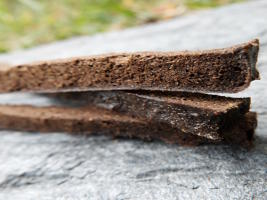

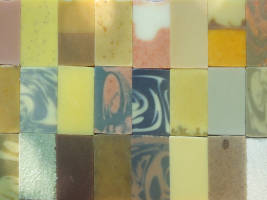










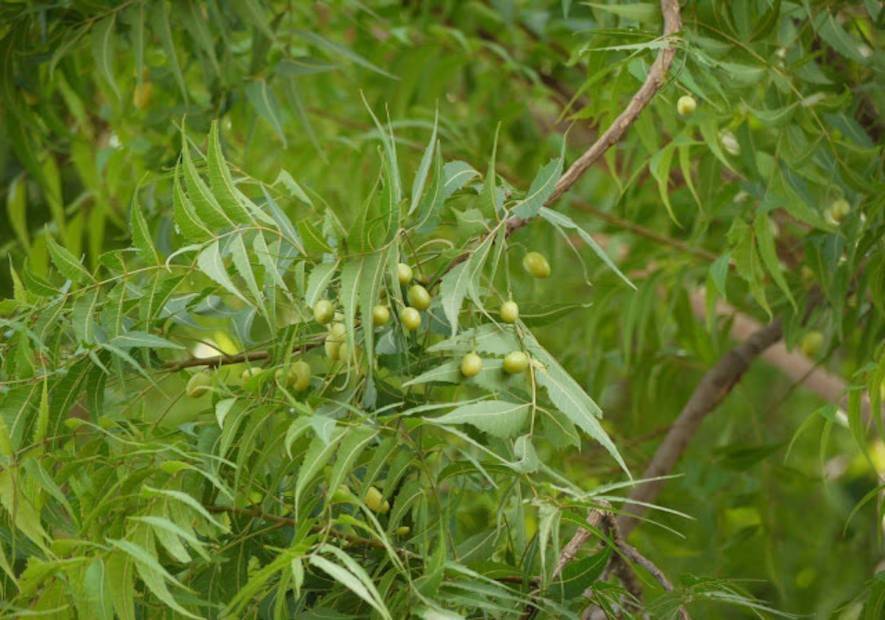
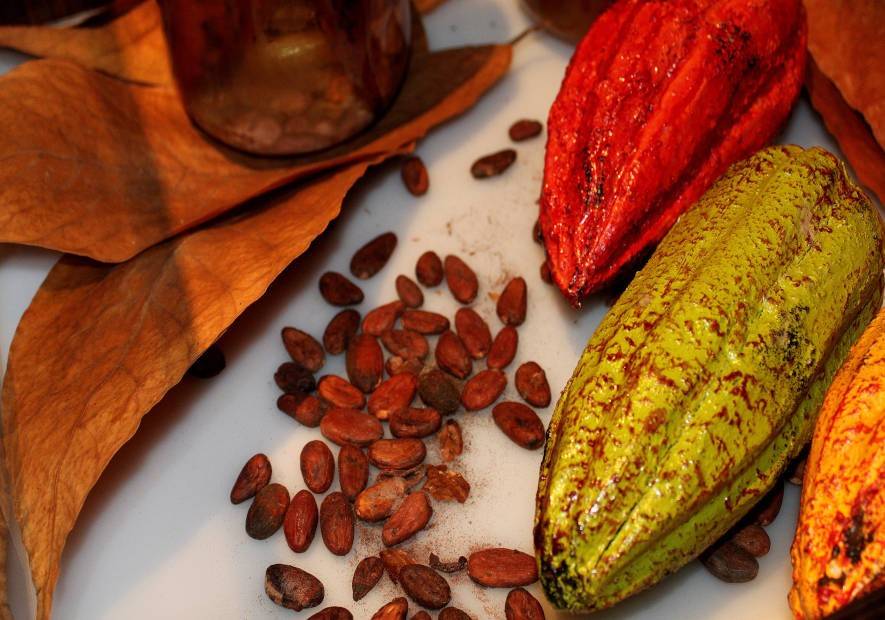

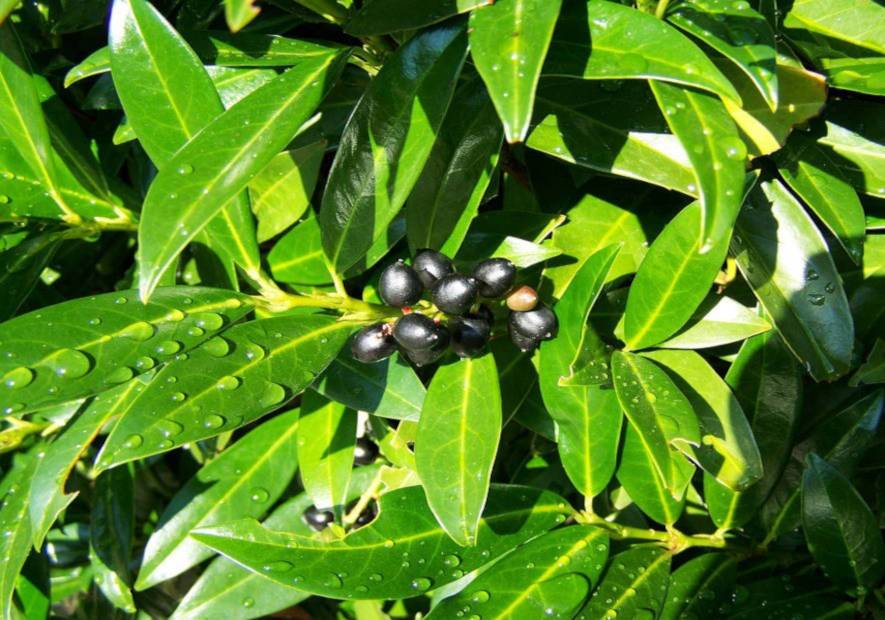










Leave a comment